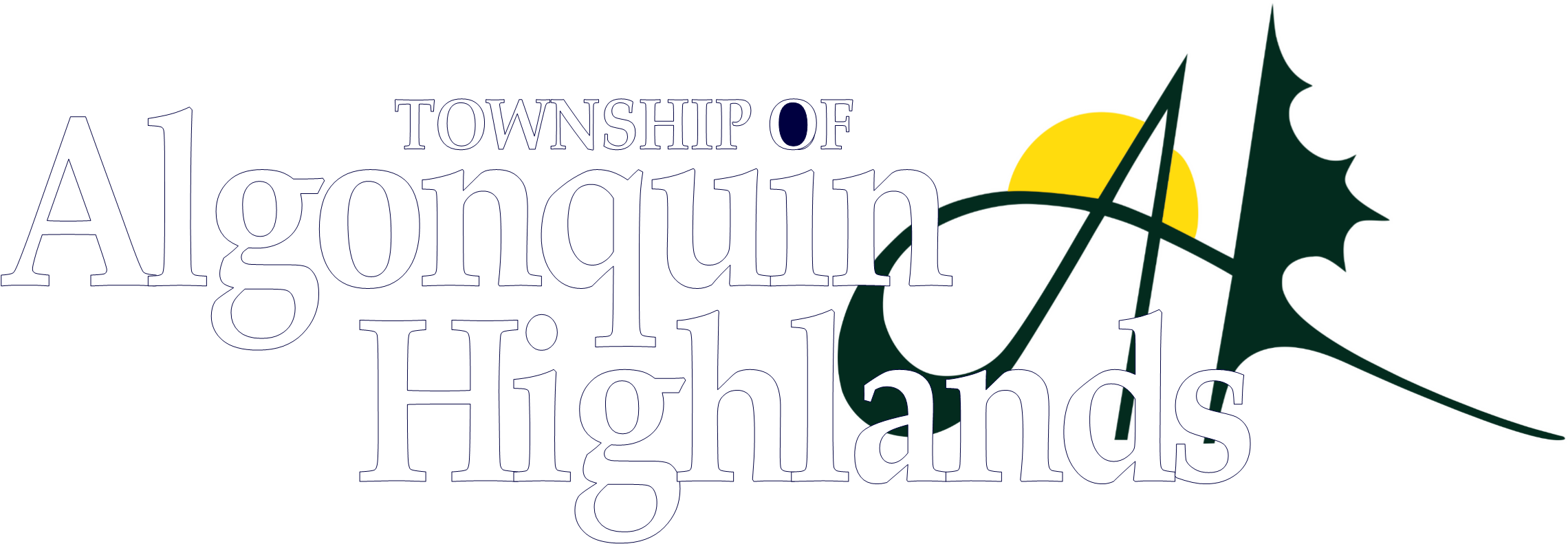A septage lagoon is a man-made pond that retains wastewater in order to allow it to be further stabilized beyond the anaerobic decomposition that occurs in your septic tank. This is necessary in order to reduce the volume of the sludge in the lagoon, as well a reduce the number of pathogens in it.
Lagoons are usually 1 to 2.5 metres deep and are full of hard working microorganisms that break down the gases, organic material and accumulated solids. Bacteria are responsible for the majority of the activity in a lagoon system, through both aerobic and anaerobic processes.
Proper operation of a lagoon includes the disposal of the stabilized liquid and the treatment, removal and proper disposal of the sludge that accumulates over time in the bottom of the lagoon.
The stabilized liquids can be disposed of through several methods including:
- Exfiltration
- Spray irrigation
- Direct discharge
- Discharge to a municipal treatment plant
Sludges generated in septage lagoons can be dewatered, stabilized and disposed of in a number of ways including at approved composting facilities, landfill sites, or applied to approved land application sites.
